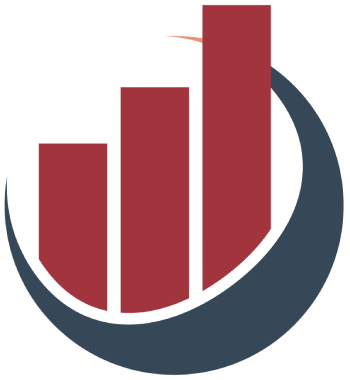Although significant strides have been made in promoting gender equality in the workplace, the journey is far from over. As we wave goodbye to antiquated notions about women’s capabilities, new challenges arise, often hidden behind the facade of progress. A prominent concept emerging from this discourse is the “glass cliff,” a scenario where women are appointed to leadership roles primarily during tumultuous times. The glass cliff exemplifies not only the lingering biases against women in power but also the precarious situations many female executives like Marissa Mayer at Yahoo and Mary Barra at General Motors find themselves in. Such appointments should raise alarms; if these women are often set up to fail, how can we genuinely believe that time has bridged the gender gap?
This situation brings into question the true nature of representation in leadership roles. While it is commendable that women hold a growing share of leadership positions, the fact that only 7% of Fortune 500 companies are led by women highlights a larger systemic issue. Representation becomes a hollow gesture when women are placed in positions that are, by all means, marked for failure. The conversation needs to shift from simple representation to the relevance of support and the structural changes necessary to foster real, sustainable success for women in business.
Misconceptions About Qualifications: A Deep Dive into Gender Bias
A common myth states that women require 100% of the job qualifications to even consider applying, whereas men apply with only 60%. This statistic has been repeatedly cited and often erroneously blamed on women’s lack of confidence. However, this perspective oversimplifies a complex issue and neglects the systemic barriers women face in the workforce. It is worth noting that many women understand the challenges of bias in hiring practices and thus preemptively disqualify themselves from applying out of a sense of realism rather than inadequate self-regard.
Research illustrates a significant trend: the barriers created by gendered language in job postings. Words that are subtly coded as masculine can discourage women from applying, even if they meet the requirements. If companies genuinely seek to diversify their workforce, a critical examination of their language and recruitment strategies is essential. We can no longer afford to frame women’s hesitance as a personal shortcoming; instead, it must be understood as amplified by the hiring climate that often dismisses or undervalues their competencies.
The Myth of Early Entrepreneurship: The Age Factor
The stereotype that entrepreneurship is predominantly a realm for the young is actively propagated by media narratives that celebrate youthful success stories. However, this perspective fails to recognize a valuable truth: many successful women entrepreneurs emerge well into their careers when they have accumulated invaluable experience, networks, and capital. A considerable portion of women business owners fall within the age brackets of 45 to 64, breaking the mold of the young, innovative entrepreneur.
Statistical data, such as that from the Harvard Business Review, further substantiates this notion. The average age of successful startup founders is 45, suggesting that wisdom and experience are not just ancillary assets but rather foundational to significant achievements in business. By perpetuating the narrative of young entrepreneurship, we inadvertently devalue the rich contributions made by older women who may have taken longer to gather their fire but ultimately offer tremendous value in their seasoned perspectives.
Funding Disparities: Navigating the Landscape
The myth that venture capital is the only pathway for female entrepreneurs oversimplifies the funding landscape. While it’s a challenge that women attract a meager percentage of venture capital—only 2.2% in 2017—there’s an emerging trend in alternative funding avenues. Small business loans are proving to be more accessible and equitable for many female entrepreneurs, allowing them to retain ownership while cultivating their companies without external pressure.
Yet, there remains a noticeable gap in the availability of financing for women-owned businesses. A significant portion of women report not receiving equitable funding, revealing entrenched biases in the lending process. Fortunately, this gap appears to be narrowing due to improvements in online lending platforms, and certain states are showing significant promise in supporting women entrepreneurs’ needs for capital. The evolution of funding strategies could signal a new era for business ownership that doesn’t rely solely on venture capital’s whims.
Negotiation Realities: Beyond the Gender Gap
The pervasive myth that women are less likely than men to negotiate their salaries is a classic oversimplification. In reality, research indicates that women aggressively pursue raises just as often as their male counterparts. Yet, the results differ markedly; only 15% of women who request a raise are granted one compared to 20% of men. The implications of this disparity should spark a deeper inquiry into systemic biases not just within individual negotiations but also in how pay structures are designed within organizations.
The narrative, therefore, should not be focused on ‘teaching women to negotiate’ as if that were the crux of the issue; rather, it should stimulate conversations around creating equitable systems where negotiations yield fair outcomes regardless of gender. This shift in dialogue could inspire organizations to value and compensate all employees based on merit instead of perpetuating outdated notions of gender roles in salary discussions.
By dismantling these myths and misconceptions, we begin to pave the way for a more inclusive workplace where women can thrive not just in quantity but in equitable outcomes.


Leave a Reply